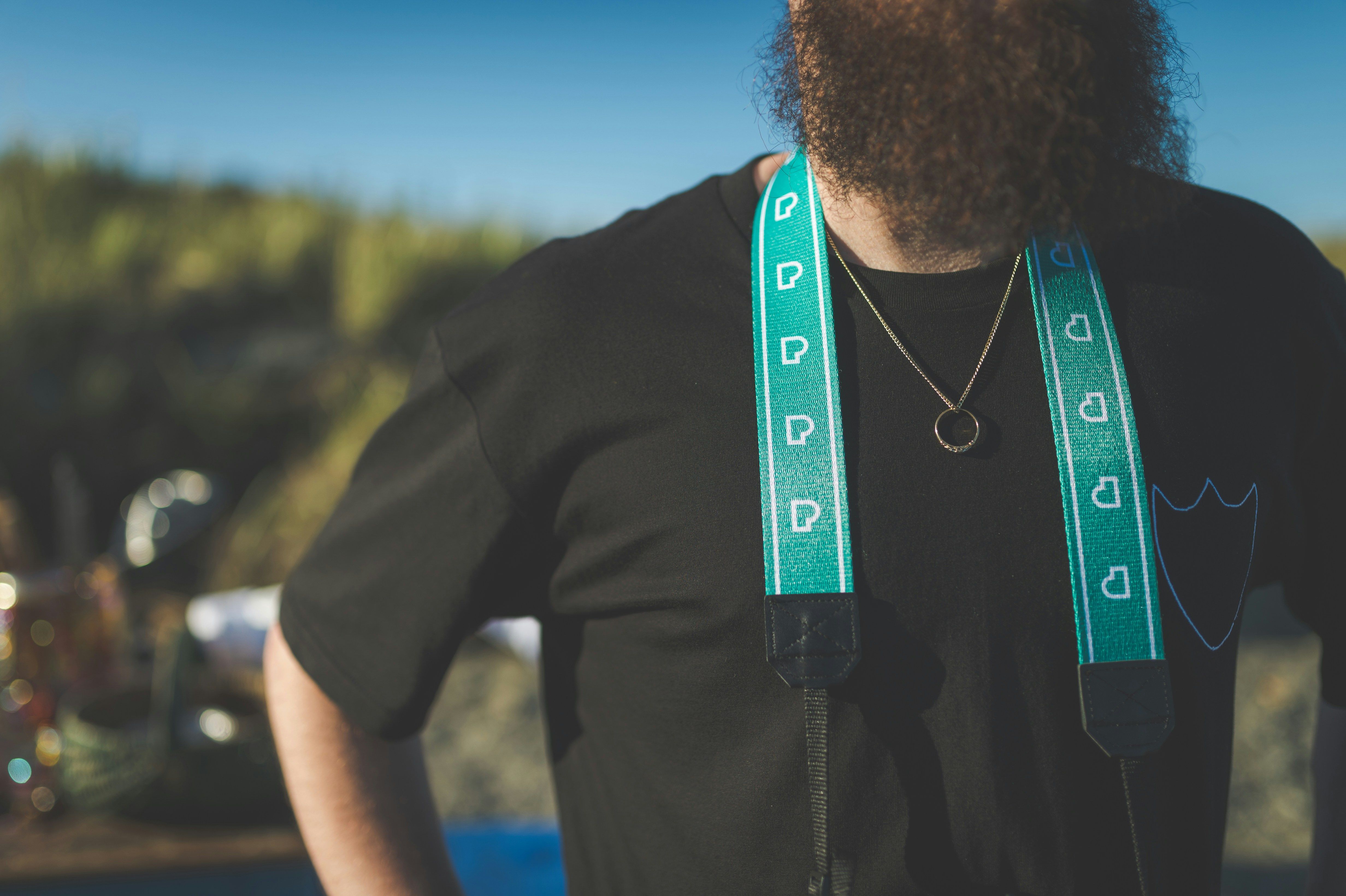Affordable Virtual Reality Glasses Introduced by HTC: Vive Flow for Mass Market Consumers
HTC's Vive Flow: A potential game-changer in the consumer-oriented virtual reality market
HTC has unveiled its latest virtual reality (VR) offering, the Vive Flow, positioned as lightweight, portable VR glasses designed primarily for video streaming and immersive experiences. With the growing trend towards making VR headsets accessible to the general public, the question arises: will the Vive Flow help democratize the VR market?
October has become a significant month for VR hardware releases, with HTC joining the trend after the launch of the Lynx R-1. Similar to the Oculus Quest, released in 2019, the focus is on creating affordable, standalone VR headsets that cater to the mass market.
The Vive Flow is designed with a compact, ultra-lightweight build, weighing just 200g, allowing it to be worn like glasses. This is a significant departure from traditional VR headsets, which require adjustment using a strap. The aim is for the Vive Flow to excel in delivering simple virtual reality experiences, such as short games and video streaming.
A headset for the masses, with some limitations
On paper, the Vive Flow meets the requirements of consumer-oriented VR, featuring a 1,6K resolution screen for each eye, a 75Hz frame rate, and a 100-degree field of view. The 6DoF capture of movements is facilitated by the inclusion of two cameras. However, these technical specifications fall short of high-end VR devices, while being deemed sufficient for consumer use.
In an effort to make the Vive Flow even more user-friendly, HTC has eliminated the need for controllers. Instead, a smartphone can be synced with the headset to serve as a controller. To cater to a wider audience, glasses wearers can use the headset without fear of compatibility issues - the design and size of the headset accommodate prescription lenses with a correction of up to -6 diopters for myopia.
However, the Vive Flow has some limitations. The myopia correction feature does not cater to those with astigmatism or hypermetropia. Furthermore, the headset only works with Android smartphones, and its price of 549€ may limit widespread adoption. Despite these constraints, the launch of the Vive Flow reflects a growing interest among hardware suppliers in democratizing immersive technologies.
In summary, the HTC Vive Flow represents a promising step towards making virtual reality more accessible for mainstream consumers. By focusing on portability, comfort, and simplicity, the Vive Flow could indeed open up the consumer-oriented VR market significantly. However, its success will depend on its ability to balance lightweight design with engaging VR content and establish itself as a desirable everyday device for digital experiences.
The HTC Vive Flow, a lightweight and portable virtual reality headset, is designed to bring VR experiences to the masses, aiming to democratize the VR market. With its user-friendly features like smartphone syncing as a controller, and accommodation for prescription lenses up to -6 diopters, it caters to a wider audience, even though it has certain limitations, such as compatibility only with Android smartphones and the absence of correction for astigmatism or hypermetropia, which may affect its widespread adoption.








